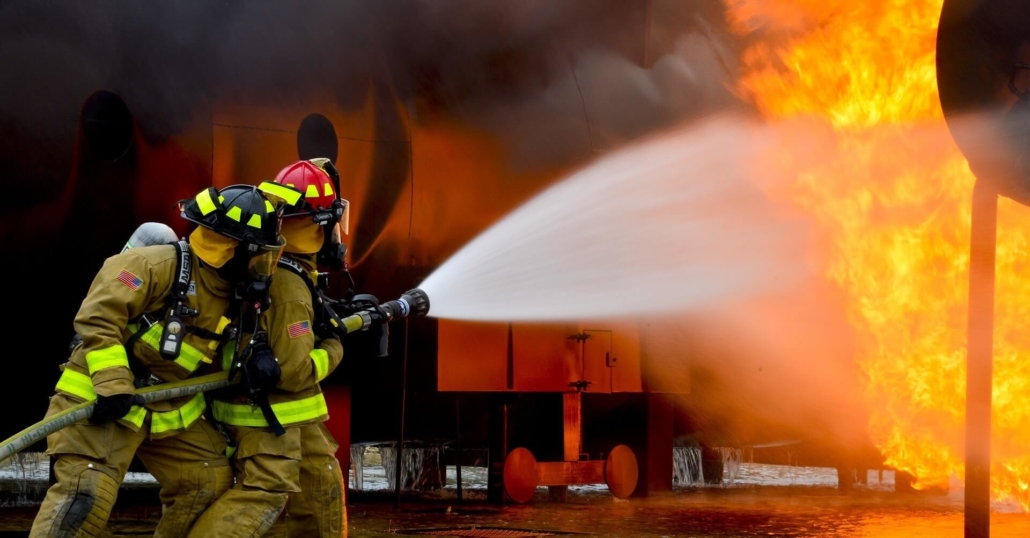Every company in Sydney the protection of fire is not only legal, but it is a vital part of keeping employees as well as customers and property protected. Fires can result in devastating costs in the shortest time, but the risks involved can be reduced or even avoided with the proper precautions in place. Fire inspections, regular testing and the tagging of electrical systems and complying with CFSP regulations all contribute to create a safer workplace and ensure that businesses are in compliance with the local government and Building Code of Australia (BCA) standards.
Why Fire Inspections Are the Foundation of Safety
The first line of defense are fire inspections. They verify that the fire safety system in an establishment is in good condition and in good working order. In Sydney companies must conduct inspections at least every six months or annually, in accordance with the building’s type and local regulations. The inspections can cover everything from sprinkler and fire alarm systems to smoke detectors, hydrants and extinguishers.

What makes inspections so crucial is their ability to detect hidden issues before they become potentially dangerous. It might not seem like a huge issue that a slight issue in a fire hydrant or a smoke alarm that’s blocked could be fatal in the event of a crisis. Regular inspections for fires are a proactive way for business owners to not only fulfill the requirements of their compliance, but also protect themselves from unforeseen disasters.
Test and Tag Examine Hidden Electric Risks
Electrical systems are one of the leading causes of workplace fires, which is why testing and tagging should always be part of a fire safety plan. The process includes checking electrical equipment for safety, functionality and compliance, after which placing a tag on the item to signify that the equipment has been inspected. This isn’t just an obligatory requirement for most businesses. It’s also a way to protect from hidden risks.
The old wiring, malfunctioning appliances or worn-out cables could be a fire hazard when left unchecked. Businesses can lower the risk of fires by regularly testing and tagging electrical equipment. This also creates confidence and trust among employees by reassuring them that their work environment is secure. In conjunction with fire inspections, testing and tagging is a comprehensive security plan to reduce risk on several fronts.
The Role of CFSP in ensuring compliance and Certification
In New South Wales only a Competent Fire Safety practitioner (CFSP) is able to certify or sign crucial fire safety documents, such as the Annual Declarations on Fire Safety. The CFSP accreditation guarantees that only qualified professionals can examine and validate fire safety measures. If business owners are working with the CFSP inspections and reports are not going to be just a routine document, but rather an accurate evaluation performed by experts.
The role of a CFSP is more than just the simple task of ticking boxes. These professionals assess the performance and condition of fire protection systems and produce thorough reports. They also verify that the system is in compliance with regulations. Businesses without CFSP certification could be at risk of fines, legal complications and even closing if their fire safety measures are deemed insufficient. When you partner with experts accredited in fire safety, you will be able to make sure that your fire protection systems are kept in good order. In addition, you’ll be able comply with compliance obligations without any unnecessary stress.
Fire Safety: A Lifelong Engagement
Each business owner has a obligation to ensure that fire safety is a priority. Regular inspections and examination of electrical systems, and the proper certification via CFSP supervision create a cycle of safety that is never ending. Beyond ensuring legal compliance the approach also fosters an environment of safety in the workplace. Employees can be confident that evacuation plans have been developed and that smoke detectors are in operation as well as emergency lighting has been tested and the fire suppression system is ready for use.
The safety of fire is a constant process, not a checklist that businesses have to tick each year. This reduces risk and improves the image of a company. Clients and customers are more confident in a setting that is a safe and secure environment. In the long run, proactive security measures against fires can save the company money by preventing costly damage such as fines, legal fights or fines. It also shields all those in the structure.
Conclusion
Sydney’s fire safety program is a multi-layered process that involves inspections tests, tagging, and testing and professional certification from an CFSP. Each part is crucial in ensure that businesses are in compliance with the laws, and more importantly, that individuals and their property are safe. Safety is an integral aspect of business operations not a flimsy consideration. Businesses can meet their legal obligations and create a more resilient and safer environment in the future when security is an integral part of the daily routine.
